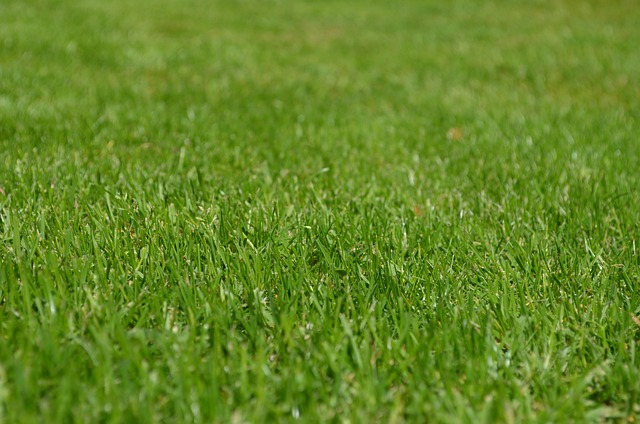Strategic planning is essential for transforming your outdoor space into a lush, aesthetically pleasing environment through Lawn Care and Landscaping. Assess unique property features like terrain contour, sunlight exposure, and existing vegetation to guide plant selection and hardscaping placement. Integrate scale, color schemes, and texture contrasts for year-round visual appeal. Include designated spaces for entertainment or relaxation, and choose grass and plants suited to your climate and soil conditions for reduced maintenance needs. Before starting any project, define goals like a serene garden retreat or vibrant entertainment space, consider lifestyle preferences, and create a comprehensive plan including functional elements and practical considerations like vegetation selection and water features.
“Transform your outdoor space into a vibrant oasis with expert guidance on Lawn Care and Landscaping. This comprehensive article navigates the entire process, from initial planning to final execution. Discover key considerations like understanding your climate and setting design goals, then explore effective landscaping implementation strategies including site preparation and planting techniques. Learn how to maximize aesthetics and functionality with hardscapes, water features, and more, ultimately enhancing curb appeal and property value.”
- Planning and Design Considerations for Lawn Care and Landscaping
- – Understanding your space and climate
- – Setting goals and creating a vision
Planning and Design Considerations for Lawn Care and Landscaping

When it comes to lawn care and landscaping, meticulous planning and design considerations are paramount for achieving a lush, aesthetically pleasing outdoor space. The first step involves assessing your property’s unique features—terrain contour, sunlight exposure, and existing vegetation—to inform decisions on plant selection, hardscaping placement, and functional areas. Incorporating these elements harmoniously requires careful consideration of scale, color schemes, and texture contrasts to create visual interest throughout the year.
Effective planning also entails functionality and maintenance practicality. Designing designated spaces for entertainment, play, or relaxation enhances the overall enjoyment of your outdoor environment. Moreover, choosing suitable grasses and plants suited to your climate and soil conditions ensures longevity and reduces the need for excessive lawn care. Integrating these strategic design choices seamlessly will result in a vibrant, low-maintenance lawn and landscape that caters to both beauty and practicality.
– Understanding your space and climate

Before diving into any lawn care and landscaping project, it’s crucial to understand your space and climate. This means assessing the size and shape of your yard, as well as gauging the local weather patterns and typical temperatures. Knowing these factors is essential for selecting the right plants, trees, and shrubs that will thrive in your environment, ensuring a lush and sustainable landscape design.
For instance, regions with hot summers and mild winters often require drought-resistant vegetation, while areas with cooler climes might need hardier, cold-tolerant species. Understanding your space also involves considering sunlight exposure: those sunny spots may favor sun-loving plants, whereas shaded areas will be better suited for part or full shade varieties. This thoughtful approach to landscaping design not only beautifies your outdoor space but also makes it easier to maintain, ensuring a vibrant and healthy lawn and garden year-round.
– Setting goals and creating a vision

Transforming outdoor spaces starts with a clear vision and well-defined goals. Before breaking ground on any lawn care or landscaping project, it’s essential to envision the final result and outline the steps to get there. This process involves considering your lifestyle, preferences, and the overall aesthetics you desire. For instance, do you envision a serene garden retreat, a vibrant outdoor entertainment space, or an eco-friendly landscape with native plants? Defining these goals will guide the design and implementation phases, ensuring the final product aligns perfectly with your expectations.
A crucial step in this journey is creating a comprehensive plan that includes functional and aesthetic elements. This might involve designing walking paths, selecting suitable vegetation, integrating water features, or incorporating lighting for enhanced ambiance. By combining creativity and practical considerations, you can craft a landscape that not only elevates the beauty of your property but also offers a space for relaxation, enjoyment, and connection with nature—all while maintaining a healthy, thriving lawn.
Incorporating effective lawn care and landscaping design involves a thoughtful balance of understanding your unique space and climate, along with setting clear goals and visualizing your desired outcome. By thoughtfully navigating these planning and design considerations, you can transform your outdoor area into a vibrant and thriving landscape that enhances your living environment. Remember, the right approach to lawn care and landscaping can truly be a game-changer for any property.
